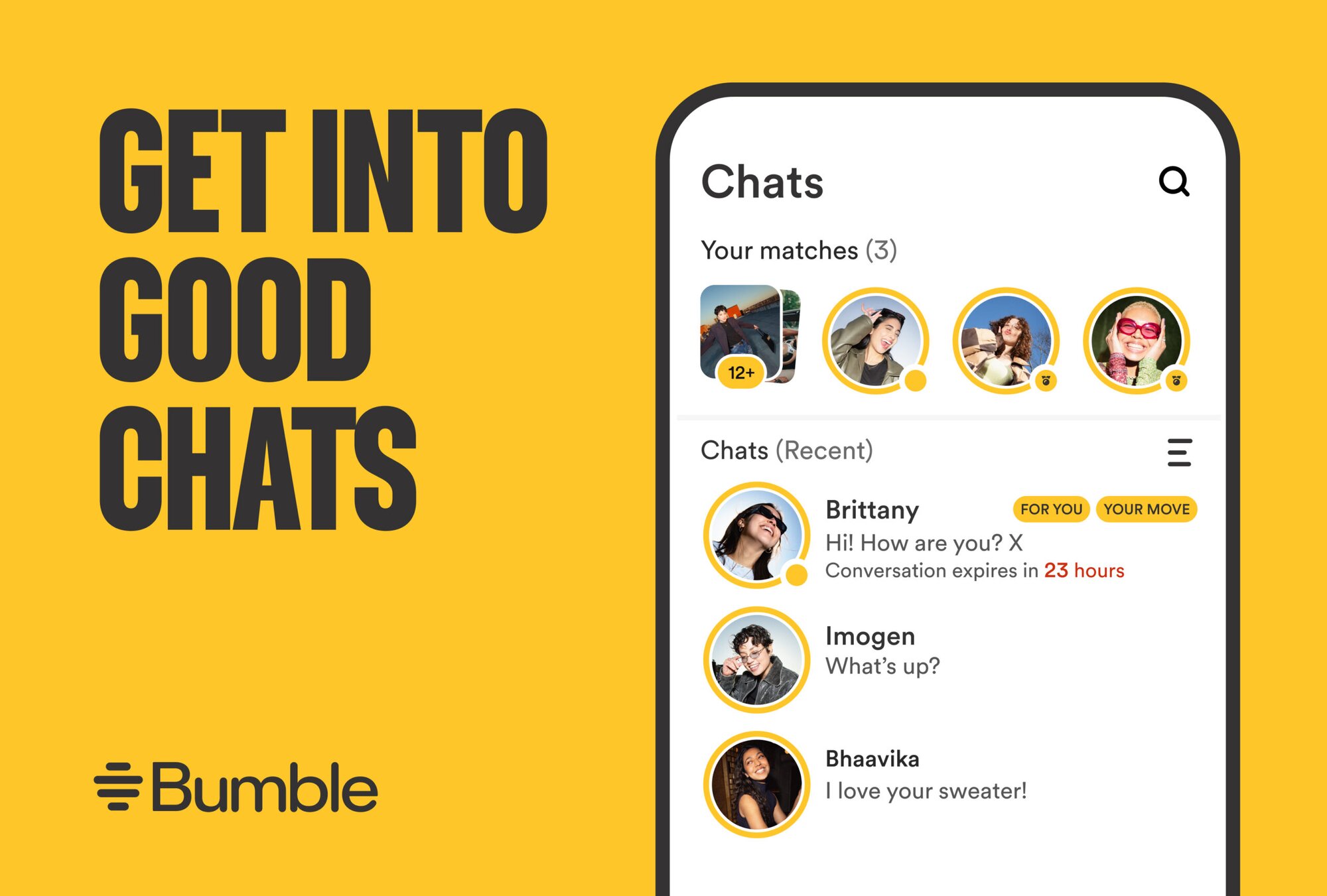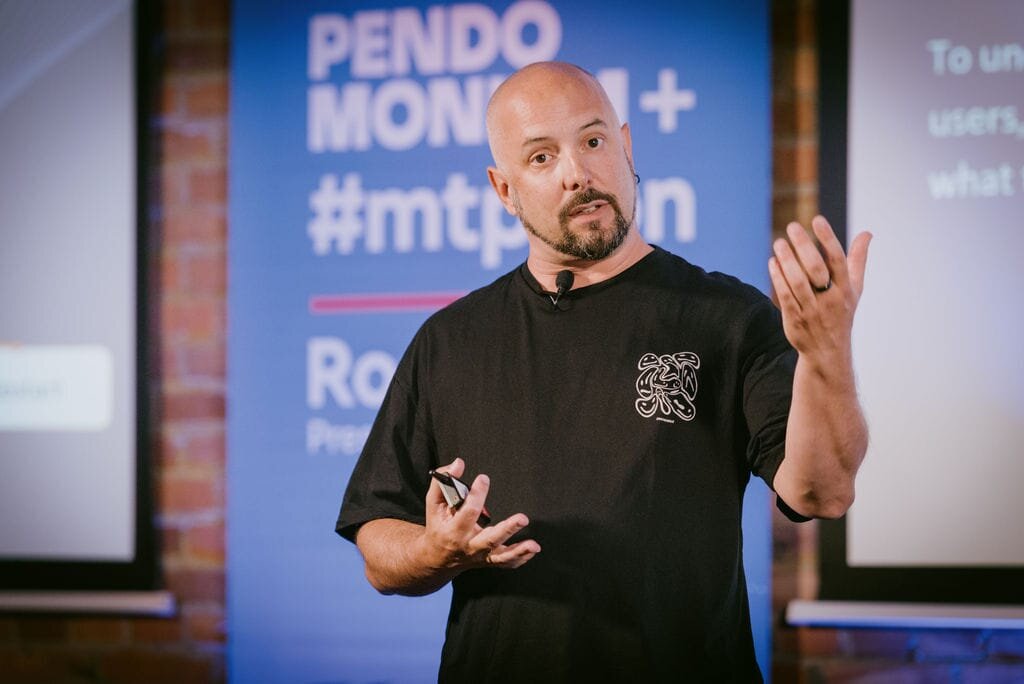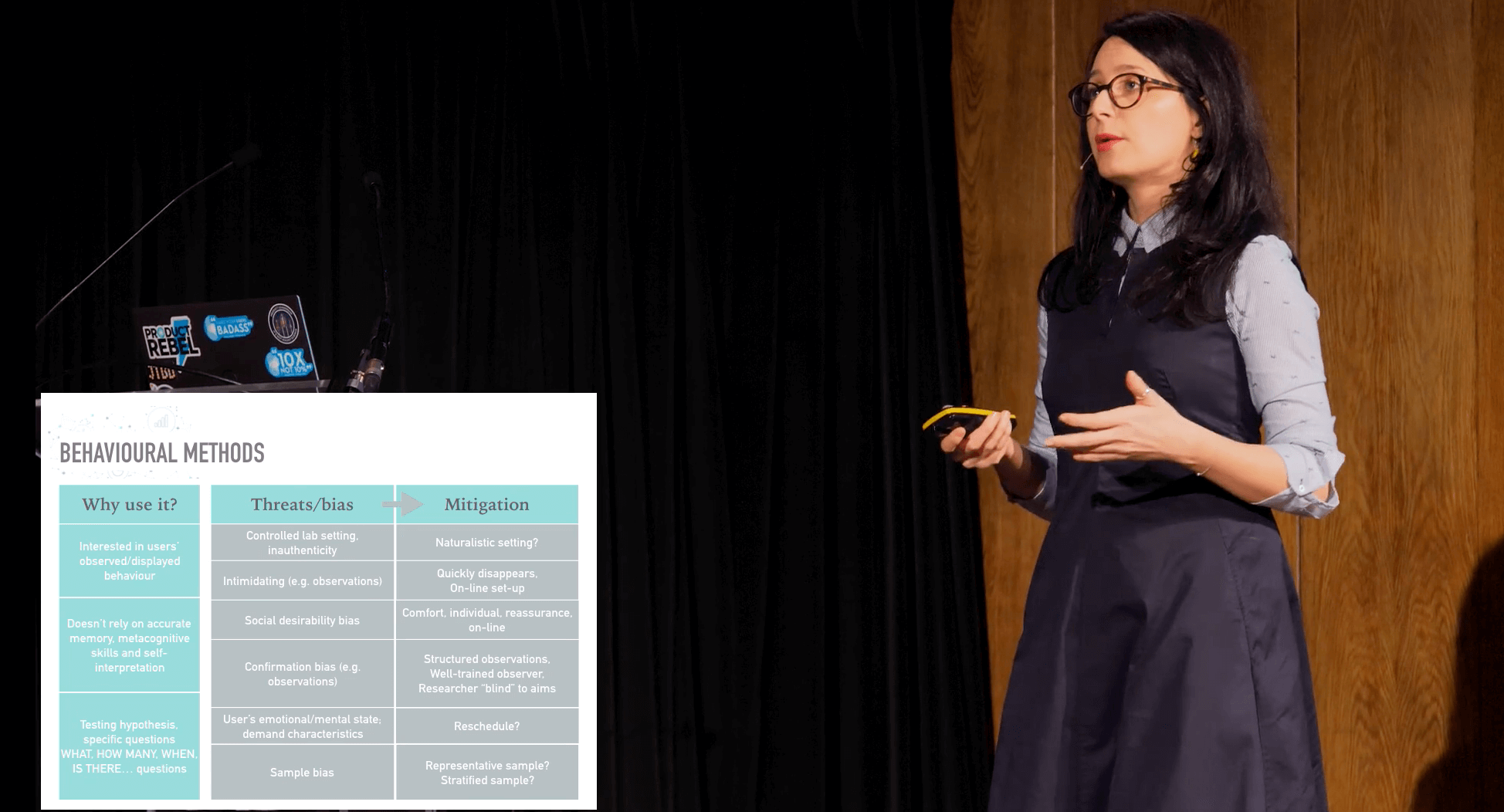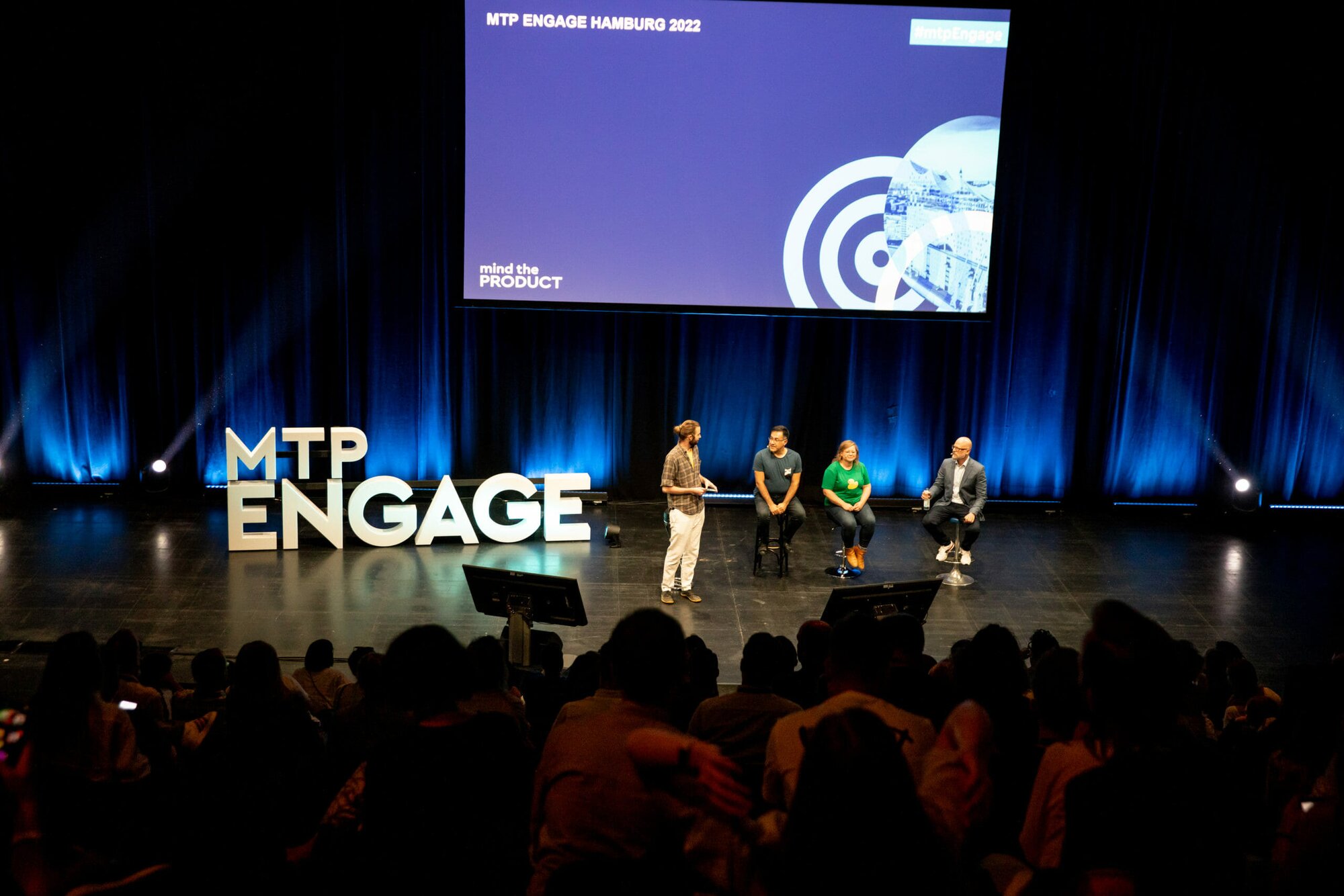Customer centricity is a core value at Indian social startup Hike, its senior product manager Aditya Mukherjee relates in this talk to ProductTank Delhi, which looks to examine why customer centricity is difficult to crack.
The main driver at Hike, he says, is as follows: in a world that has evolved tremendously in the last decade, why are our social experiences still stuck? Although the first mobiles were small and text-based, that has all changed. Mobile screens are now huge and we use them to watch HD video and 3D games, so why are our social experiences stuck in text-based UX? The company is trying to change this by building Hikeland, which it says is the world’s first mobile-first virtual world, focused on hanging out with close friends and creating a social experience beyond chat rooms and feeds. “At Hike we’re trying to do something which is pioneering, a world first,” Aditya says.
Why is customer centricity even something we should need to talk about, he asks, and why is it difficult? Surely we just give the customer what they want, and we don’t give them what they don’t want? Customer centricity is the biggest challenge product managers face, Aditya says, because customers won’t care about what you’re trying to make. “That’s a difficult thought to deal with for lots of people in your company and it won’t make you very popular,” he adds.
What Does it Mean to be Customer-centric?
To be truly customer-centric then means accepting that the customer:-
Doesn’t want to try out your new feature/update/UX
Doesn’t want to search for, discover and download your app
Isn’t interested in your SMS, email, notifications, etc
Doesn’t want to go through your onboarding
Doesn’t want to try and include your product in their life
However, people use new products all the time, so what’s going on? This is where jobs to be done comes in, says Aditya. It helps you to centre your model of the user and what they’re going to use your product for. “Customers go through the effort and pain of using a product because the product solves a job that they need done,” he says. If the job they need done can be done in a simpler, easier, more accessible way, they will choose that way. If your product solves a job that someone doesn’t need to solve then they won’t use your product, no matter how good it is. Aditya gives the example of a task list – there are lots of possible solutions, but most people use a pen and paper. Aditya says he would use an app like Todoist when he has a more specific need, like needing to make notes on the fly on his phone and wanting to keep them in one place. He points out that he doesn’t care about the app he uses, only about his job to be done.
Features Aren’t Jobs to be Done
Features are not jobs to be done, he stresses, but your product will have a lot of features that make your life better, not that of your customer. For example, an ecommerce app that asks customers to invite their friends, or a social app that wants customers to make purchases. The chances of such features succeeding are much higher if they connect to the customer’s psychological job to be done. For example, an ecommerce app might tie inviting friends to a discount on a purchase.
Aditya ends his talk by commenting that jobs to be done is even tougher than he’s outlined, because the job to be done is just to the start of something, not the end.
Enjoy more from ProductTank
ProductTanks are informal meetups, created by Mind the Product, to bring local product people together and to enable speakers to share amazing product insights. Today we have ProductTanks in more than 200 cities across the globe and there’s probably one near you.
Learn more about ProductTank – find your local meetup, explore more ProductTank content, see the latest ProductTank news, and discover ways to get involved!






